5 Warning Signs of Sea Wall Failure
A strong sea wall will provide waterproof protection to your property. Conversely, a failed sea wall will be detrimental to your property. Looking out for signs of sea wall damage will save you from costly repairs. Here are five warning signs of sea wall failure.
1. Cracked Slabs
Cracks on your sea wall are the number one sign of sea wall failure. Cracked slabs can be a sign that your rebar is exposed. The exposure can cause extensive damage to your rebar and weaken the sea wall, consequently causing it to fail. Contact sea wall repair experts as soon as you identify any cracks on your sea wall.
2. Widening Spaces Between Sea Wall Slabs
Another sign of sea wall failure is widening spaces between sea wall slabs. The widening gaps could be due to weak or broken joints. The gap is mostly caused by failing anchors, which cause significant cracking and damage to sea wall slabs.
3. Leaning Slabs
Apart from widening gaps between sea wall slabs, leaning slabs are also a sign of sea wall failure. A leaning slab could be due to insufficient water drainage from the soil behind the sea wall. Since sea wall slabs are always under constant stress and pressure, the leaning could also be due to pressure imbalance. Call a sea wall repair expert if you see any leaning slabs to prevent further damage.
4. Rusty Stains
The presence of rusty stains on any part of your sea wall is a sign of sea wall failure. The staining could be due to deterioration of the anchor rods or concrete reinforcing bars. Corrosion damages metals. Rust can easily extend to the surrounding area and damage concrete.
5. Sunken Spots Near the Sea Wall
Sunken spots in the ground along or near your sea wall are signs of erosion. Erosion is a common sign of pressure imbalance caused by sea wall failure and slab damage. Contact a sea wall expert as soon as you notice sunken spots near your sea wall for quick assessment and repair.
Looking out for the five warning signs of sea wall damage explained in this guide will help you repair your structure in good time. Sea wall repair experts will use chemical grouting to handle small damages. According to Windsystemsmag.com, chemical grouting uses TAM pipes to deliver the grout. The pipes are typically 2-inch diameter steel pipes with injection ports every few feet along the length of the pipe. Extensive damages can be repaired by replacing slabs.

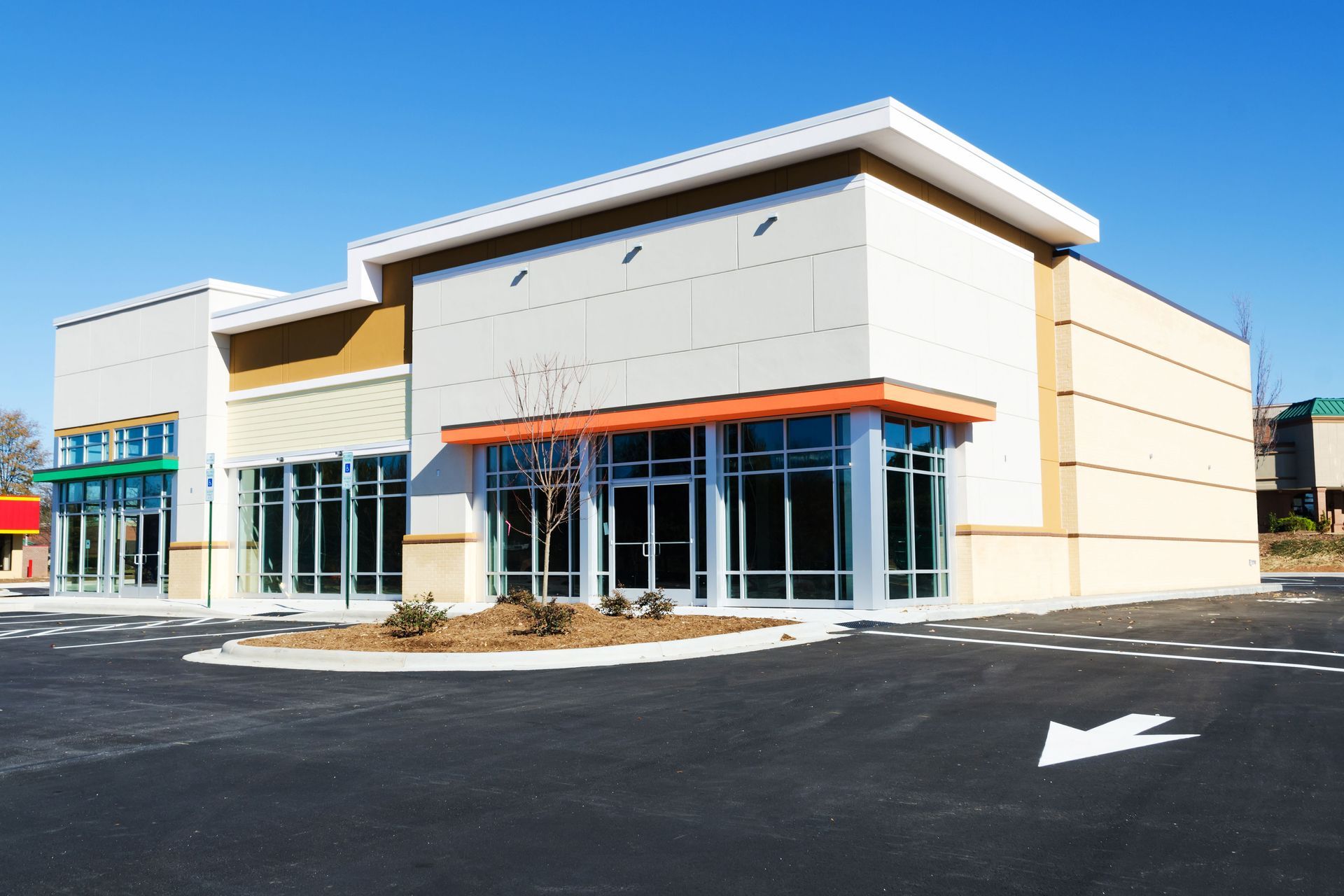

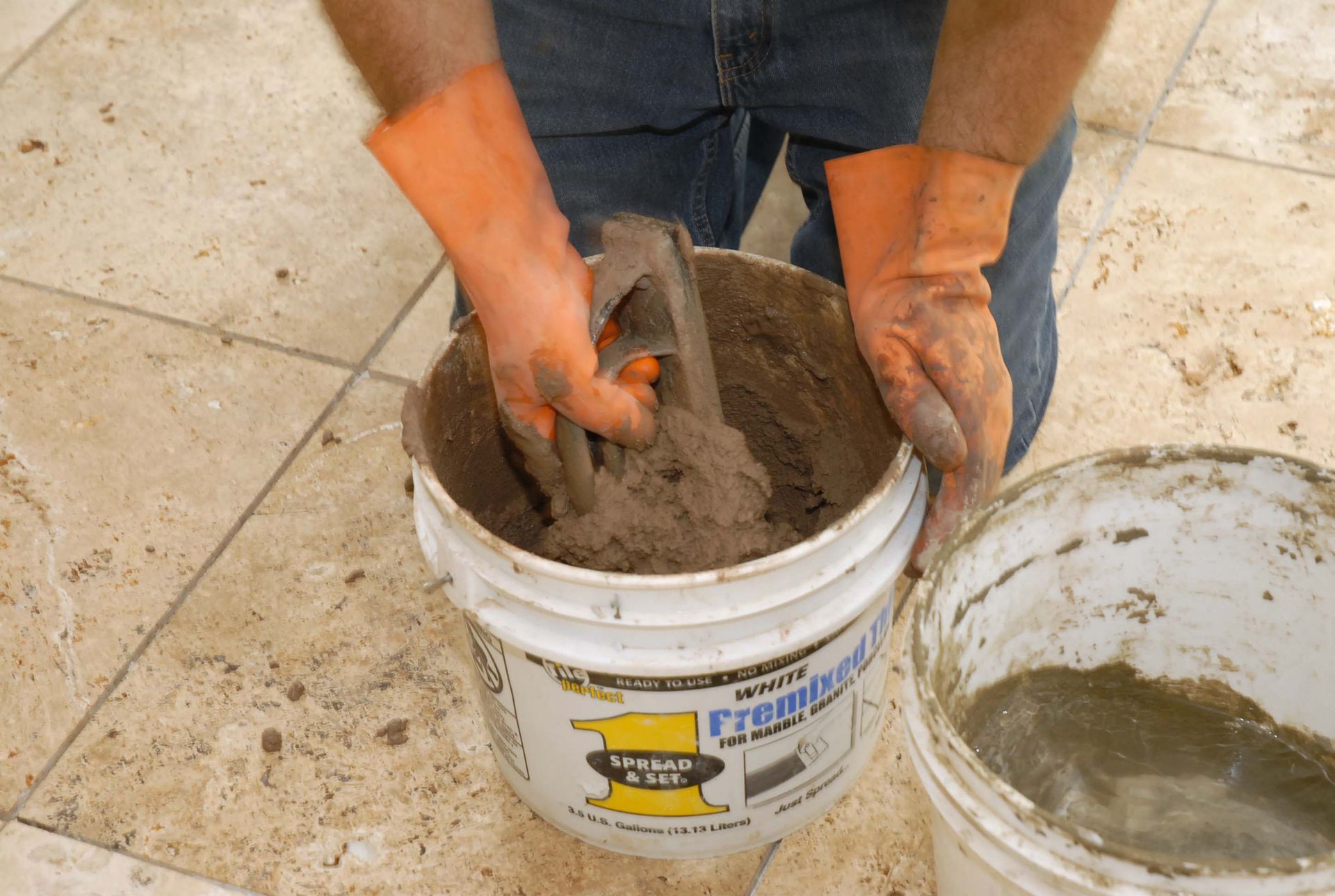
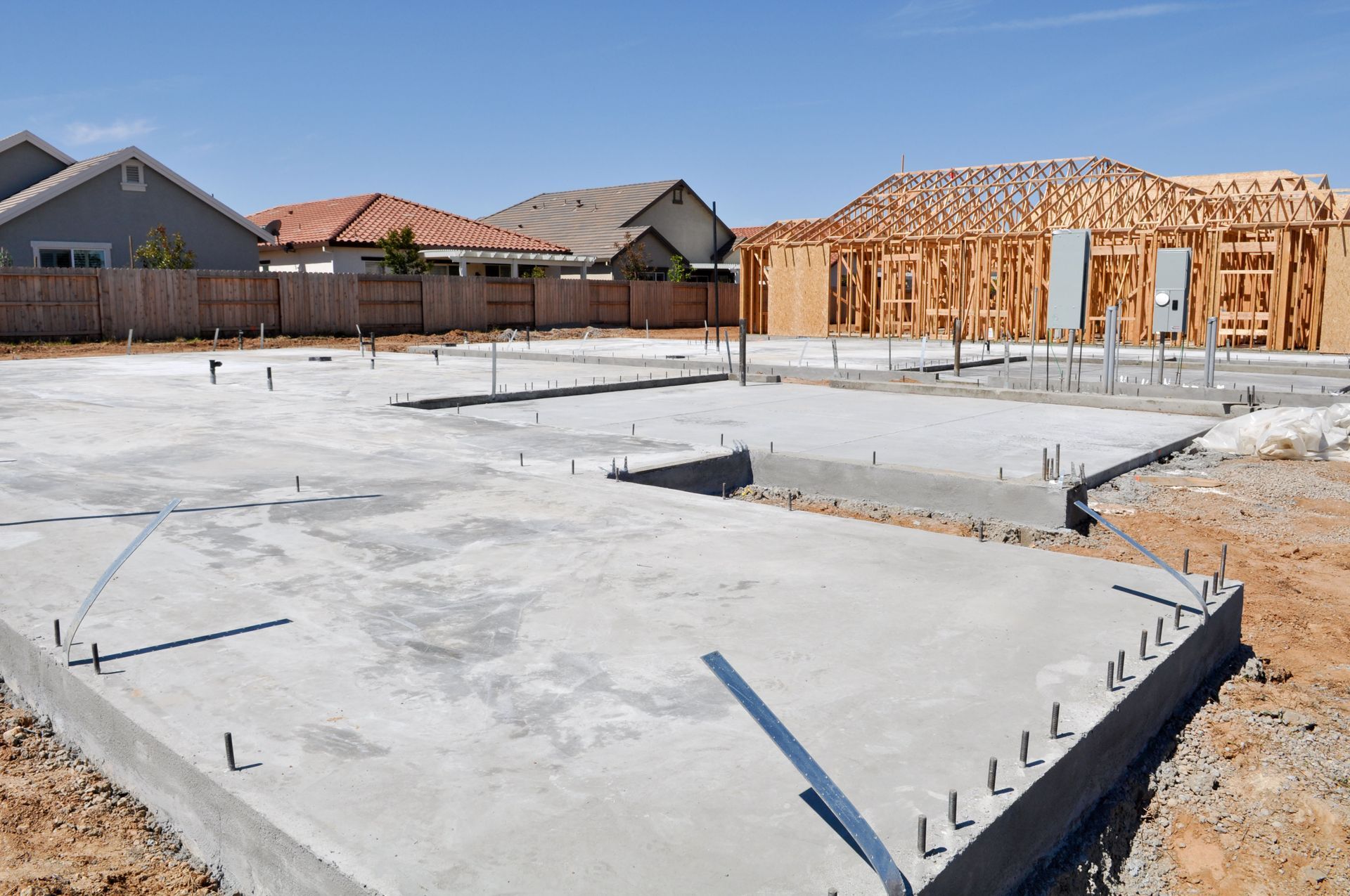
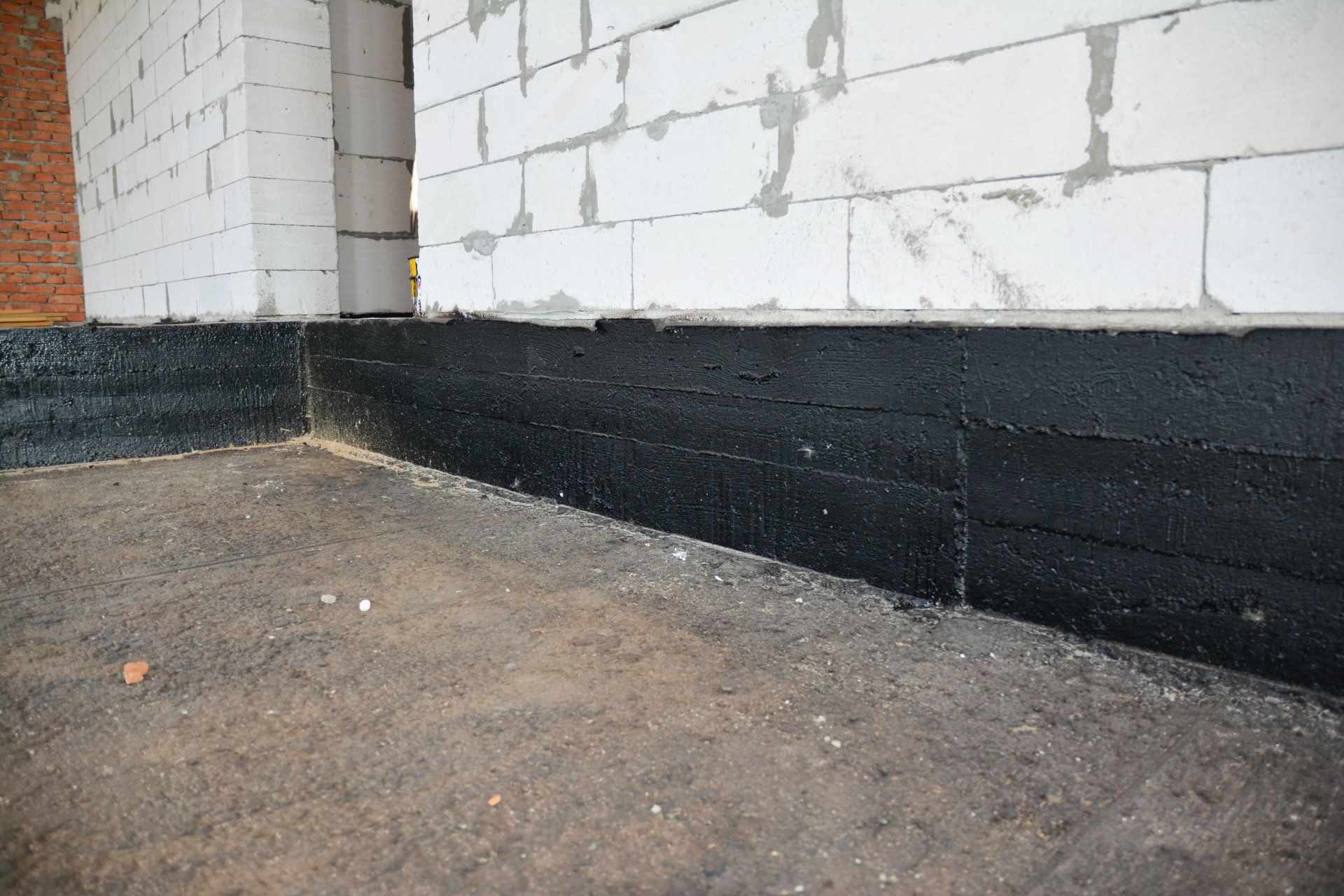
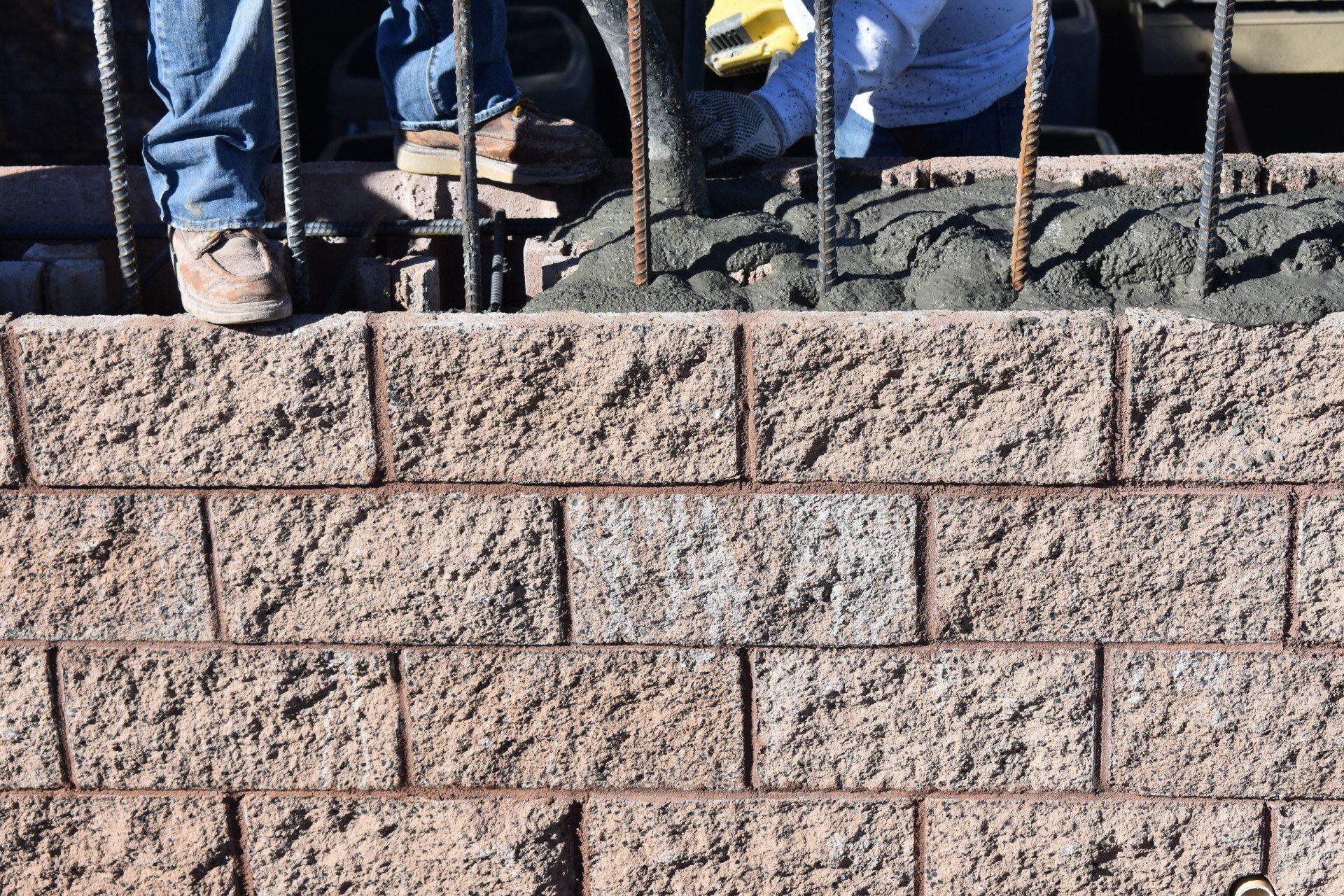

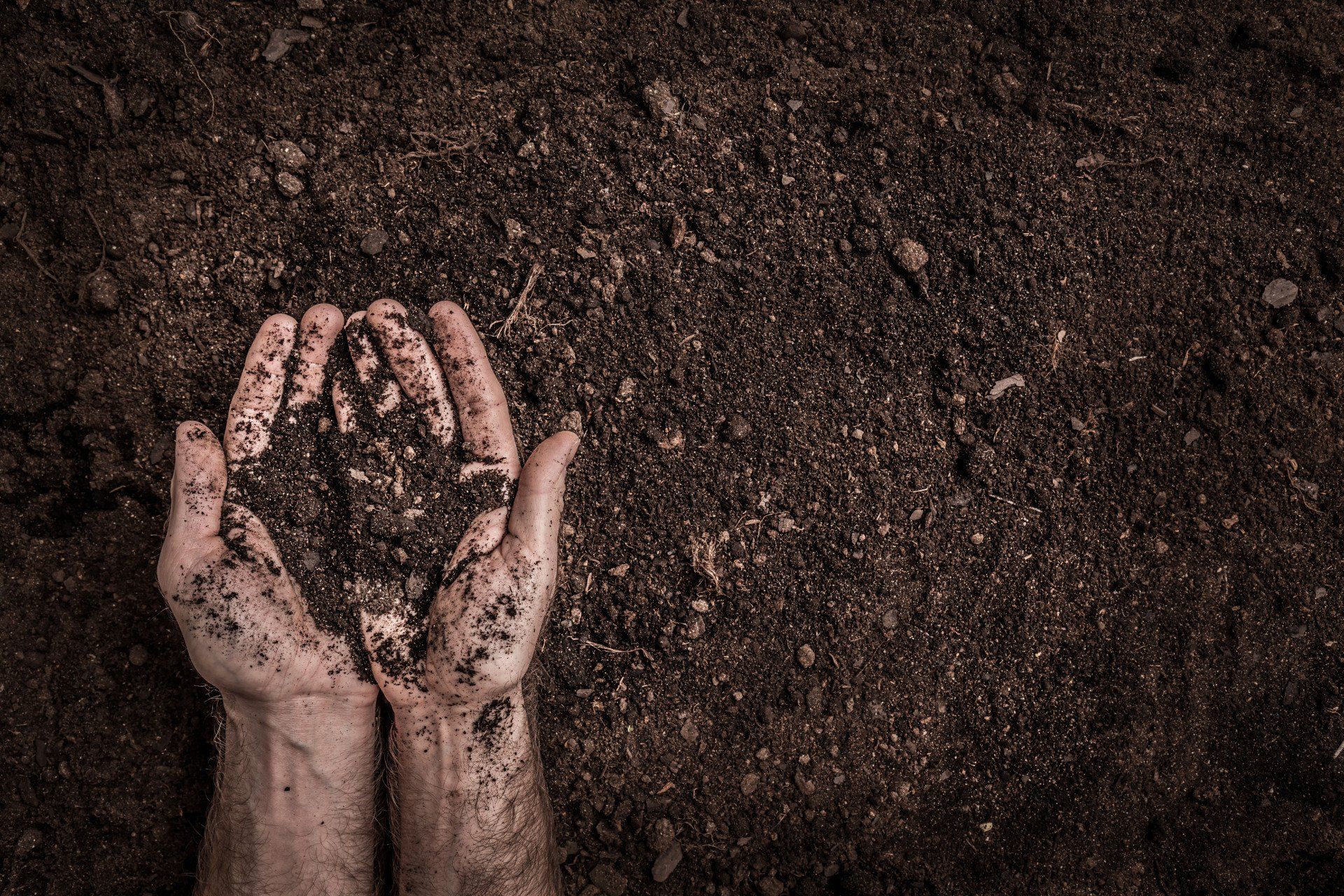
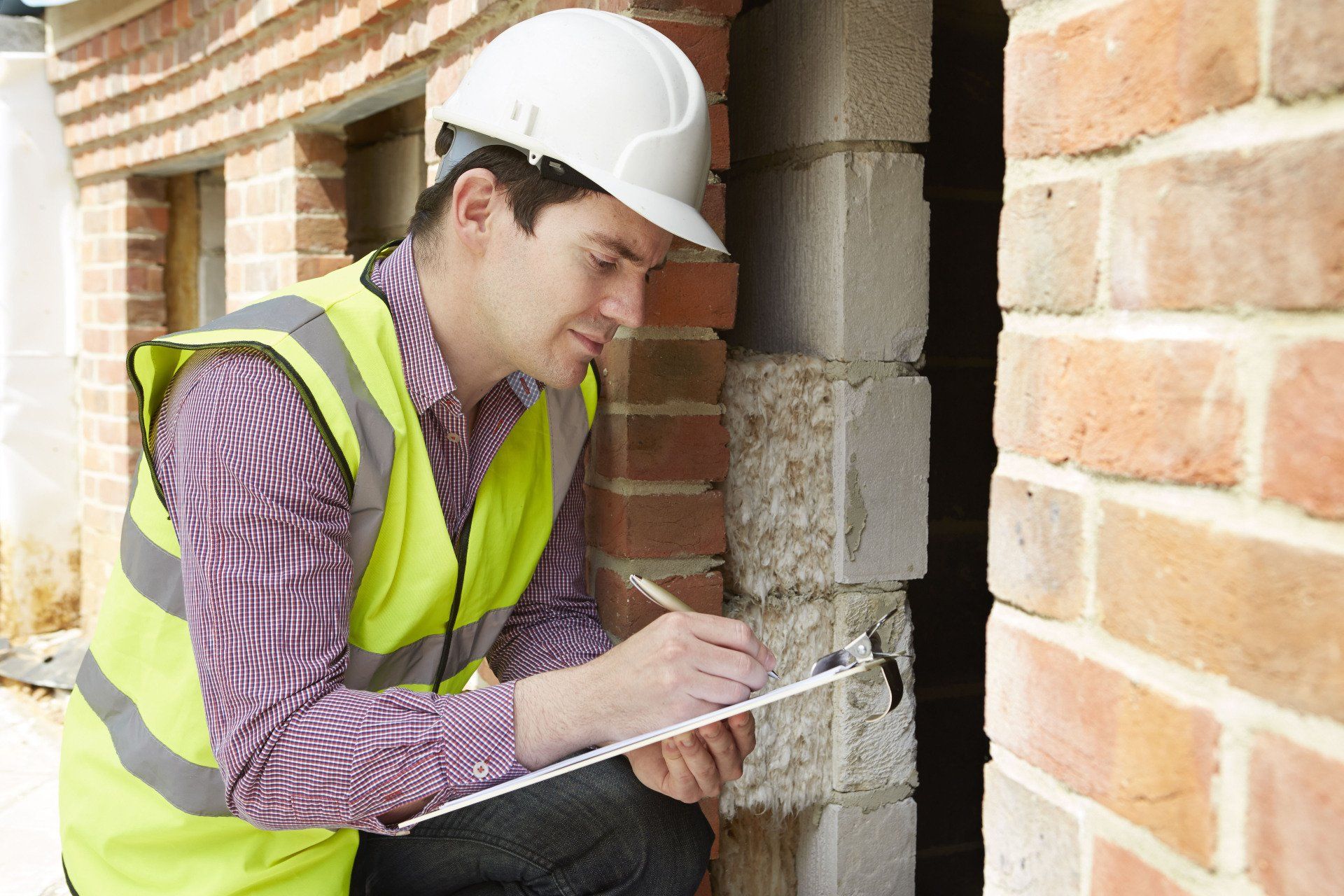
Share On: